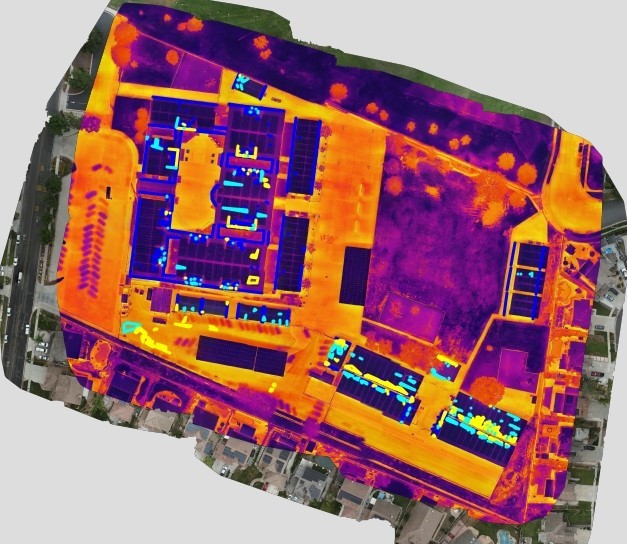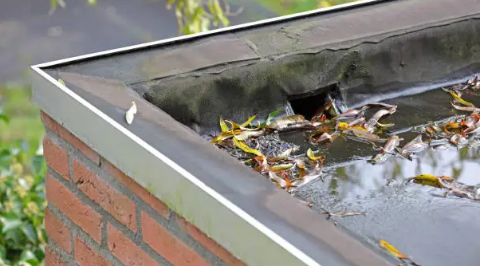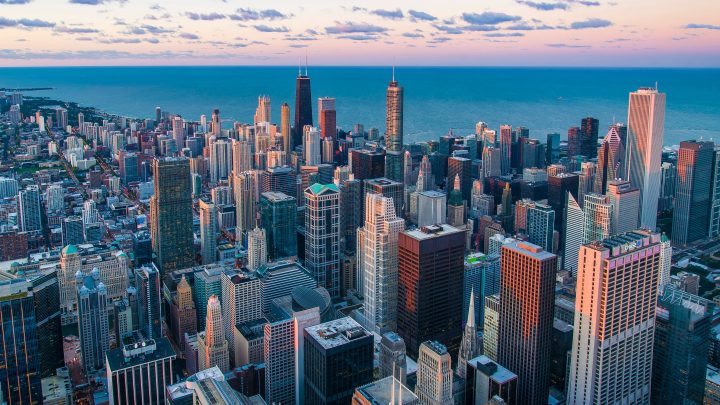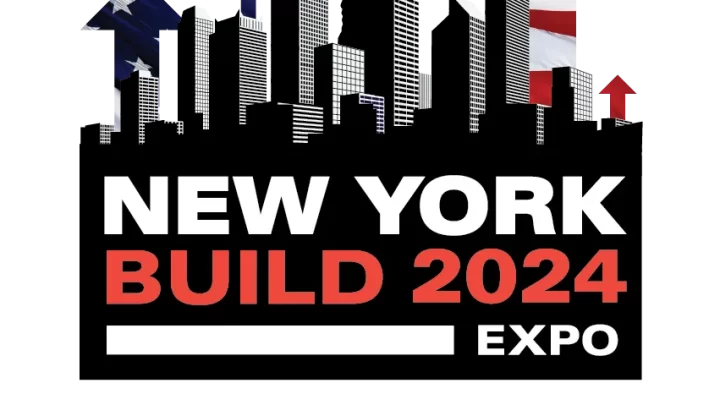The roof is one of the most critical components of a building; acting as an essential protective barrier and determinant of energy efficiency. As such, roof resiliency must be a core maintenance and risk management priority for all building types.
The Case for Resilient Roofs
From cracked surfaces and insulation decay to moisture penetration and metal corrosion, roofs can accumulate a variety of damaging issues over time. Left unchecked, these issues can lead to costly emergency repairs, steep insurance premiums, and shorter roof lifespans.
Regulation related to roofing upgrades underscores the need to improve the resiliency of roofs. For example, Florida Building Code 25%, sets strict rules that require roofs that have sustained damage to 25% or more of the roof to be repaired or replaced in its entirety.
Enabling Resiliency Through Regular Roofing Audits
Recurring roof audits help building owners avoid costly retrofit expenses by identifying problems in the roof early on, allowing for targeted retrofits that are a fraction of the cost of a full roof replacement. Roof audits evaluate important issues like:
- Moisture penetration – Occurs when water seeps through cracks, seams, or damaged roofing materials, often due to aging, poor drainage, or ponding water. This can lead to insulation saturation, structural damage, and mold growth.
- Surface cracks – Due to structural or environmental factors that cause roofing materials to fracture, potentially leading to water penetration, air leakage, and compromising of the thermal and structural integrity of the building.
- Delamination – Characterized by the separation of layers in materials, often resulting from moisture infiltration, temperature fluctuations, or poor adhesion during installation. As layers begin to detach, the roof becomes more susceptible to air and water leaks, energy loss, and damage to underlying materials.
- Air leakage – Due to uncontrolled air infiltrating or escaping through openings in the roof, reducing energy efficiency, increasing costs, and negatively affecting indoor comfort.
- Inconsistent or decaying insulation – Characterized by poorly installed or compromised insulation, that allows heat to escape in winter and enter during summer. This leads to increased costs and contributes to drafts, cold spots, and moisture issues.

Digital twin of a roof from an audit completed by QEA Tech. The digital twin has a thermal overlay with polygons identifying key roofing issues. Issues are categorized by severity and square footage.
Leveraging detailed insights from roof audits, building owners can proactively manage roof health, enabling them to:
Build Resiliency and Manage Costs: A detailed roof audit enables targeted repairs that address roof issues and risks while maximizing ROI. Further, regular assessments can determine the progression of roofing issues, providing insights on if they are worsening over time and the risks this can pose.
Optimize the Lifespan of the Roof: Regular audits enable building owners to evaluate the state of roofing materials, equipping them with the tools to make informed maintenance decisions and avoid costly emergency repairs or replacements.
Boost Energy Efficiency: By determining areas and causes of energy loss, building owners can implement high-impact, cost-effective retrofits such as adding:
- Energy efficient insulation in areas with gaps or decaying insulation
- Sealants or flashing tape to address air leakage from skylights
- Sealants to protect against potential water leaks and moisture penetration
- Waterproof roofing membranes such as bitumen to protect against weather elements
- Reflective roof coatings to help deflect solar heat and reduce cooling loads
QEA Tech’s detailed, data-driven roofing audits help building owners create robust business cases to realize these benefits. This can be seen through an audit QEA Tech completed for a large warehouse. QEA Tech provided the client with important quantified insights, such as the roof being responsible for over $347,000 USD in annual energy loss and performing at only 50% of building code standards. QEA Tech then delivered high-impact retrofit recommendations, such as using silicone sealants to address air leakage from skylights (3-month payback period). The client is now working with one of our partnered roofing solutions providers to implement cost-effective retrofits.
QEA Tech has provided several other clients with the data they needed to improve their roof. For example, leveraging insights from our audit, a large commercial building replaced its gravel roof with the more energy efficient choice of rigid insulation. In a post-retrofit verification audit QEA Tech completed, it was found that 78% of annual energy loss in megawatt-hours from the roof was saved and previous roofing issues such as an inconsistent thermal layer were no longer present.
How QEA Tech is Scaling Up Roof Resiliency
QEA Tech has a strong record of aiding building owners identify the most cost-effective ways to address roofing issues.
We have pioneered proprietary AI software that pinpoints and evaluates the severity of various roofing issues. Additionally, QEA Tech’s software accurately measures megawatt-hours of energy loss, tons of carbon dioxide equivalent, and the actual effective R value for each square inch of the roof. As a result, we are able to recommend customized retrofits, detailing implementation costs, forecasted energy savings, and ROI. By incorporating patented quantification methods, a comprehensive dataset on the thermal performance of roofs, and exact architectural and energy data for the building, QEA Tech is able to provide unmatched accuracy and precision.
Contact QEA Tech today to gain detailed insights on your roof, taking the first step needed to build resiliency and efficiency across your building portfolio.


